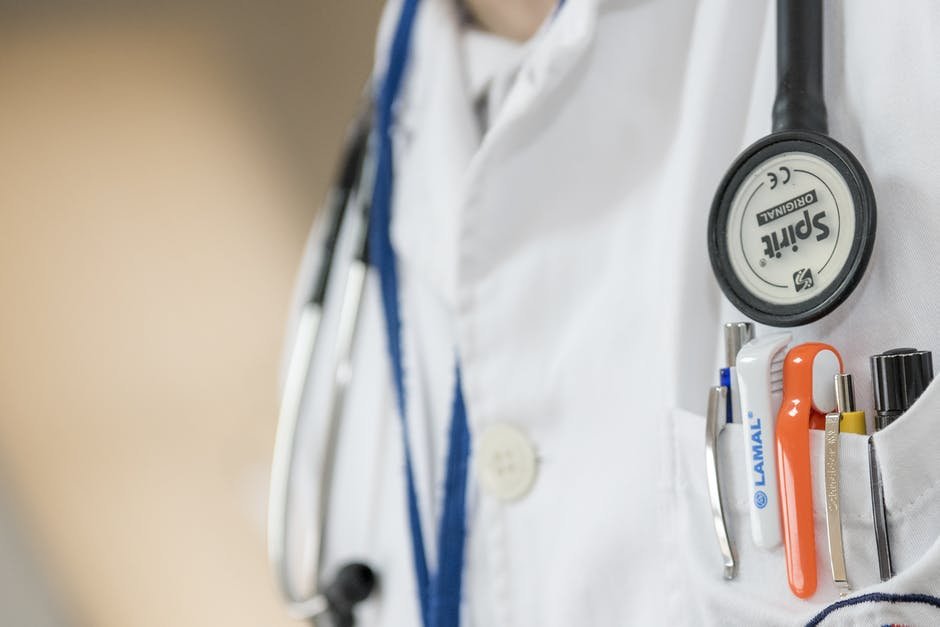The Valuable Benefits of Medical Alert Systems

There has been an increase in popularity of medical alert systems, especially among the senior citizens. The federal regulators have even considered the possibility of overhauling the traditional 911 help now emergency response services so that the response efficiency and time are improved. However, if you have an elderly relative who lives alone you might have considered the option of getting a medical alert system for your loved one on your own. It is important to ensure that in case of a medical emergency, your loved one is attended to within the shortest time possible. For instance, if a person gets a heart attack or stroke, their lives can be saved if they received medical attention within the first hour of the attack. With the use of the medical alert systems, you can get a response time of about 30 to 45 seconds.
The medical alert systems are designed to ensure that medical emergency personnel is on the scene within the shortest possible time so that they can save the life that is at stake. The common form of medical alert system is the PERS which is the short form of Personal Emergency Response System. The PERS is also commonly known as the senior alert systems and is intended to help individuals who are in a medical emergency to get assistance quickly. The medical alert system basically has two main components which are the help button and the communicator. The help button is a wireless device which is worn on the body as a wristband or pendant. The communicator is the basic functional unit of the medical alert system and is a dual way device that is plugged into the telephone line of the user. In case of any medical emergency, the user has the option of activating the medical alert system by pressing the button on the device. check out also medical alert button service.
An emergency dispatcher on the other end of the line receives the distress call and is able to directly speak to the user through the two-way telephone speakerphone attached to the communicator. Once the dispatcher has determined the kind of help that is needed, he or she can then call someone on the patient's emergency contact list. The contact list can include up to three people who are always near and ready to help the user once they are contacted by the dispatcher. If communication cannot go through and the dispatcher is unable to talk to the user, he or she will immediately contact the emergency paramedics unit to check on the user as quickly as possible.
Learn more with this resource: https://www.encyclopedia.com/medicine/news-wires-white-papers-and-books/health-care-systems
